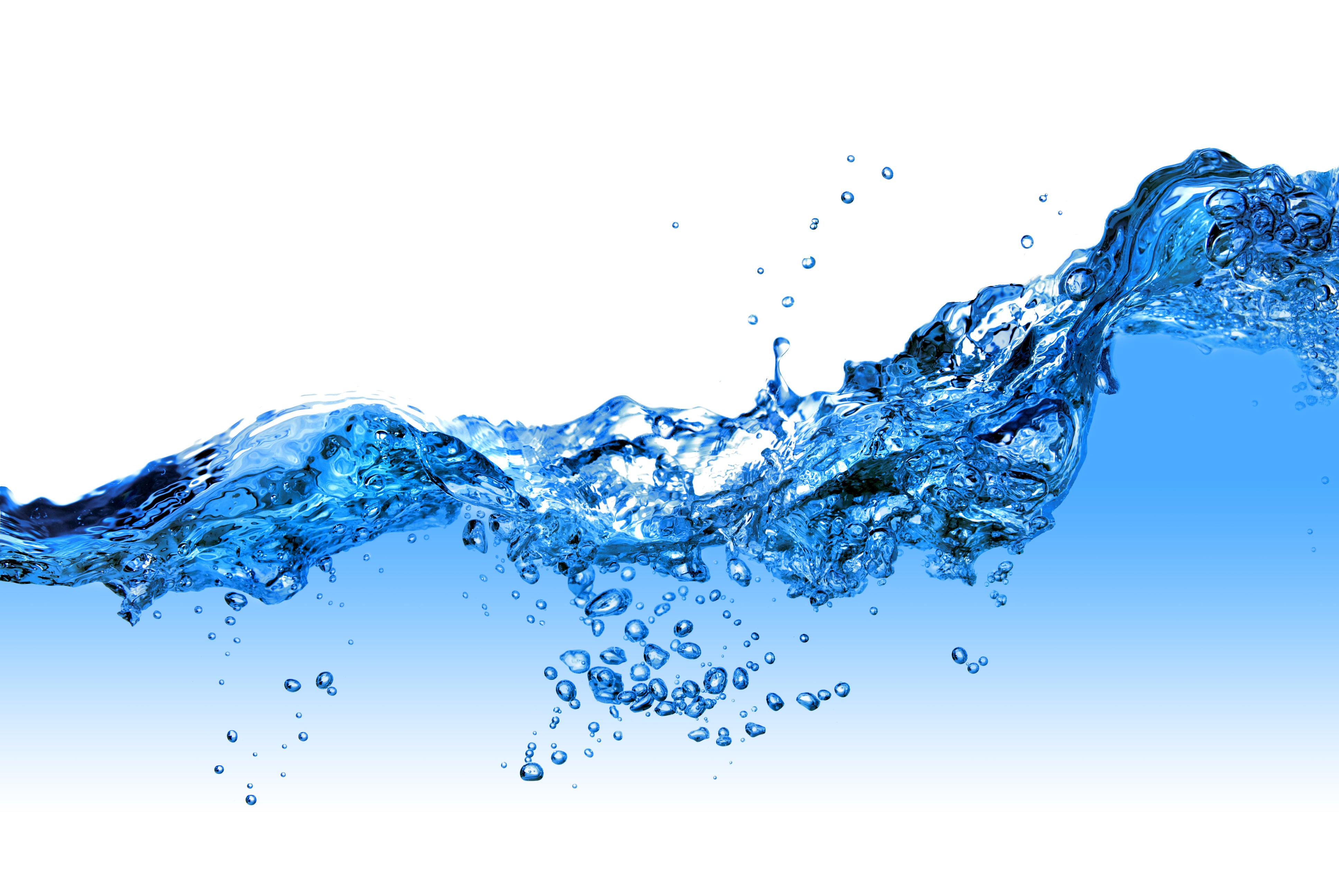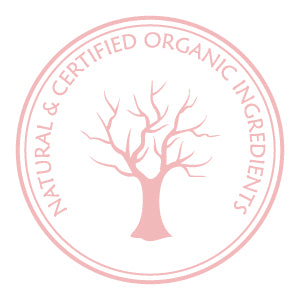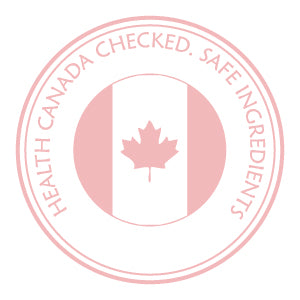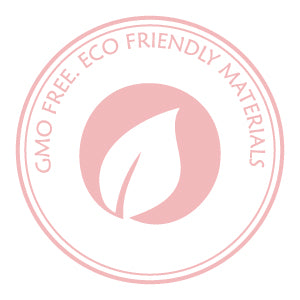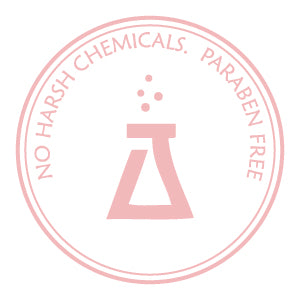Article: What Is Skin?
What Is Skin?
Have you ever stopped to think what skin is, that perfect outfit you've been born with and wear every day? Possibly not. And you're not alone.
It is with this skin that we face the world and it is how the world sees us. It is a major part of our appearance, the first impression that we make, and, unfortunately, what we're still judged upon.
Too much pressure? You bet.
The importance is often placed on what we see. But what we don't is what makes this incredible and versatile organ so important.

So, what is skin?
Skin is a large organ that covers an area of about 2 square meters and weighs over 3 kilograms. Some skin properties of utmost importance are outlined below:
Prevents our body from evaporating
We are over 60% in water content. Without skin, our waterproof shield, we would dry up in no time and all our organs would stop functioning.
Protects our body from pathogens
Without skin, our body would be quickly attacked by millions of dangerous bacteria and damaged by of all sorts of harmful substances.
Shields us from damaging UV rays
Melanin is a pigment designed to protect skin from UV radiation. Excessive amount of sunshine or use of tanning beds, however, can damage the DNA of melanocytes leading to the development of cancer.
Helps maintain our body temperature
It would be extremely difficult for us to maintain the same temperature in response to the constant changes outside.
Enables sensation of cold, heat, and touch
Skin is equipped with receptors that communicate with the brain and provide information about the outside world.
Synthesizes vitamin D
Without this vitamin, our body wouldn't be able to convert calcium into healthy and strong bones.
THE STRUCTURE OF HUMAN SKIN
Skin has three layers each responsible for and entrusted with important functions to protect, hydrate, and renew.

Epidermis
Epidermis is the outermost layer of skin that contains several layers of cells called keratinocytes made from keratin, a protein very important in the formation of skin, hair, and nails. These cells are constantly dividing and growing outwards until they reach the top skin layer, form a layer of dead skin known as Stratum Corneum, and, eventually, flake off.
This continuous process of desquamation, or skin peeling, is what makes skin regeneration possible. A full cycle of skin regeneration takes anywhere from 4 to 6 weeks to complete.
Epidermis is also responsible for the maintenance of hydration levels in the skin. Stratum Corneum cells contain water attracting amino acids, which do an incredible job at retaining water in the skin even when moisture levels in the environment are very low.Corneocytes, the cells that comprise the Stratum Corneum, are surrounded by a layer of lipids that keeps skin cells together. This combination of fatty substances is responsible for preventing water loss from the body and blocks pathogens and toxic substances from entering through the skin.
Dermis
Dermis is the second layer of skin situated between the epidermis and the subcutaneous tissue. It contains sweat glands, blood vessels, hair follicles, nerve cells, and is made primarily of collagen and elastin.
Collagen is one of the strongest proteins and provides skin with its durability and resilience. Collagen production requires sufficient levels of Vitamin C. Prolonged lack of vitamin C causes severely decreased collagen production levels, a condition known as scurvy. By maintaining proper collagen levels, skin plays an important role in preventing premature aging and wrinkle formation.
Elastin is another significant component of Dermis. It is a connective tissue protein and, as the name suggests, plays a major role in skin's elasticity. Elastin production is in abundance during the early years but greatly decreases as we mature and seems to stop completely as we reach adulthood.
Collagen, elastin, and hyaluronic acid create a bond in the dermis that allows skin to appear youthful and plump. As we age, the amounts of these elements in the skin decrease, which contributes to the signs of skin aging such as sagging and wrinkles.
Subcutaneous Tissue or Hypodermis
Hypodermis is one of our largest tissues. It contains mostly fat deposits, connective tissue, and blood vessels. It is the major energy source of the body weighing up to 20% of normal body weight. Proper amount and distribution of fat helps maintain a youthful appearance of the skin.
Hypodermis plays an important role in storing vitamins A,D, E, and K, protecting our body from physical injuries, regulating temperature by preventing body heat loss, and helps regulate estrogen and androgen levels.
Skin Types
Traditionally skin was classified into 4 main types:
Oily Skin
Sebaceous Glands secret excessive amounts of sebum. Sebum overproduction sometimes caused by hormones and stress. This condition, if left unchecked, may lead to acne. Individuals with oily skin are sometimes genetically predisposed to this condition.
Dry Skin
Low moisture content in the Stratum Corneum. Skin appears rough and dull. Can be caused by damage to the skin barrier.
Combination Skin
As the name suggests, the combination of dry and oily skin. The classic T-zone is a common example when skin around the nose area and the forehead is oily but other areas are dry.
Sensitive Skin
Skin Sensitivities can ran range from mild contact dermatitis to severe acne. Rosacea, stinging, blushing, flushing, and burning are all examples of sensitive skin. Excessive Nerve Growth Factor in the epidermis may be responsible in some cases for the heightened sensory reactions to various irritants.
More types were later added and the modern classification now considers additional skin characteristics when trying to diagnose and treat skin conditions and suggest appropriate cosmetic solutions.
Skin traits such as resistant, pigmented, the tendency to develop hyperpigmentation (not related to skin colour), and tight skin as opposed to wrinkled.
All these skin types can often co-occur within the same individual, which adds to the complexity of finding the right beauty regimen.
SKIN PIGMENTATION
Skin pigmentation is the result of mainly a pigment called melanin produced by melanocytes in the epidermis.
The number of melanocytes does not differ among races. The amount of melanin, however, does; in darker skin, more melanin is produced. Melanin plays an important role in absorbing UV radiation.
Other factors that contribute to skin colour are hemoglobin and carotenoids, adding pinkish and yellow hues to skin respectively.
SKIN AGING
Skin Aging is a natural and inevitable process. Decrease in moisture, subcutaneous fat, rate of skin renewal, and collagen levels are among the factors naturally contributing to wrinkling and other visible signs that we associate with getting older.

The genetic factor often determines the extent of these signs and how soon they appear. Some already develop minor wrinkling in the early thirties, while others have smooth and plump skin in their mature age.
Damage to elastin and preventable photo damage from exposure to sun contributes to the premature aging. Sun damage is especially visible in individuals with fair skin. The importance of prevention should not be ignored and is easily achievable.
SKIN CARE & COSMETIC PRODUCTS
Skin is a complex organ with many important tasks to complete that gradually declines in appearance and somewhat function.
Things to remember when considering a skin care product:
- Age-related biologically determined changes in the body are inevitable.
- Physical and photo damage may be avoided with preventative care.
- Cosmetic products do not prevent skin aging regardless of all the marketing and promises. There is no face cream or any other skin care product that will prevent or undo age related changes.
- Natural skin care products such as facial serums, moisturizers, and facial oils that are properly formulated to address issues like inadequate skin hydration and damage to the protective lipid barrier and, otherwise, mimic natural processes that slow down with age can alleviate but not completely get rid of signs of skin aging.
Needless to say, a healthy lifestyle and a good, vitamin and nutrient-rich diet can be a great ally in trying to keep yourself in a great shape and maintain a healthy appearance!
Resources:
https://www.healthline.com/health-news/melanin-protects-us-from-and-can-cause-skin-cancer-021915#1
https://www.webmd.com/beauty/whats-your-skin-type#1

